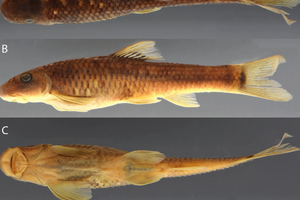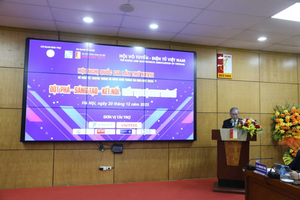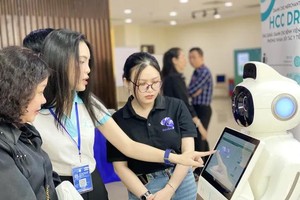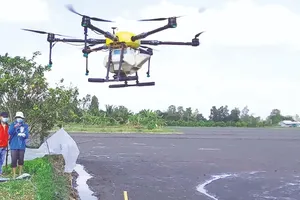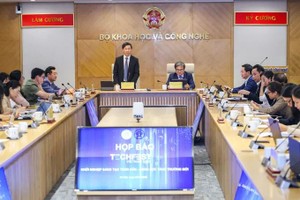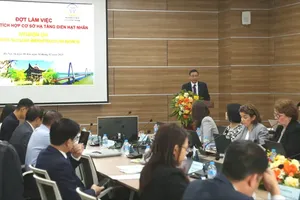
Notably, in terms of data infrastructure development, the strategy aims to have all national data centers, regional data centers, and national data storage centers by 2030, large and high-performance computing across the country must be successfully connected, forming a network to share computing capacity and large data processing to serve the country's socio-economic and cultural development.
Regarding data development to serve the digital government, all records and results of administrative procedures are digitized with at least 80 percent of data on the results of administrative procedures being reused and shared according to the present regulations except for specific professional databases. The strategy aims that people and businesses only have to provide one-time information when using online public services or performing administrative procedures.
Regarding data development to serve the digital economy and digital society, build and complete all agricultural data sets including data on land, crops, livestock, and seafood for production areas agriculture across the country serving agricultural production activities, form data of the entire chain of production, business, processing, management and monitoring of origin and supply of important agricultural products.
The supply of information will be ensured to be transparent, and accurate, promoting strongly for the development of e-commerce. All of one-commune-one-product products under the one-commune-one-product program posted for sale on e-commerce trading floors can be traceable by origin data.
In addition, industry, trade and energy data sets will be built and completed.
Furthermore, 90 percent of cultural heritages, national relics, and special national relics have been digitized, fully stored with data and formed into digital libraries and digital heritages, with a digital presence on the network environment so that people and tourists can access, search and learn conveniently in the digital environment. Last but not least, all scenic spots and tourist attractions in the country have been completely digitized and stored and their information will be shared widely.
The strategy also sets the goal of completing all the databases on social insurance for employees. Standardized data on electronic labor books, integrated with data on lifelong learning, and data on vocational training of workers have been deployed and completed for workers paying social insurance.
Moreover, all open data sets on the workforce, the labor market, labor recruitment needs and corresponding qualifications and skills requirements are provided and guaranteed to be updated accurately and promptly, serving as a basis for the implementation of solutions to forecast demand and fluctuations in labor and employment.


